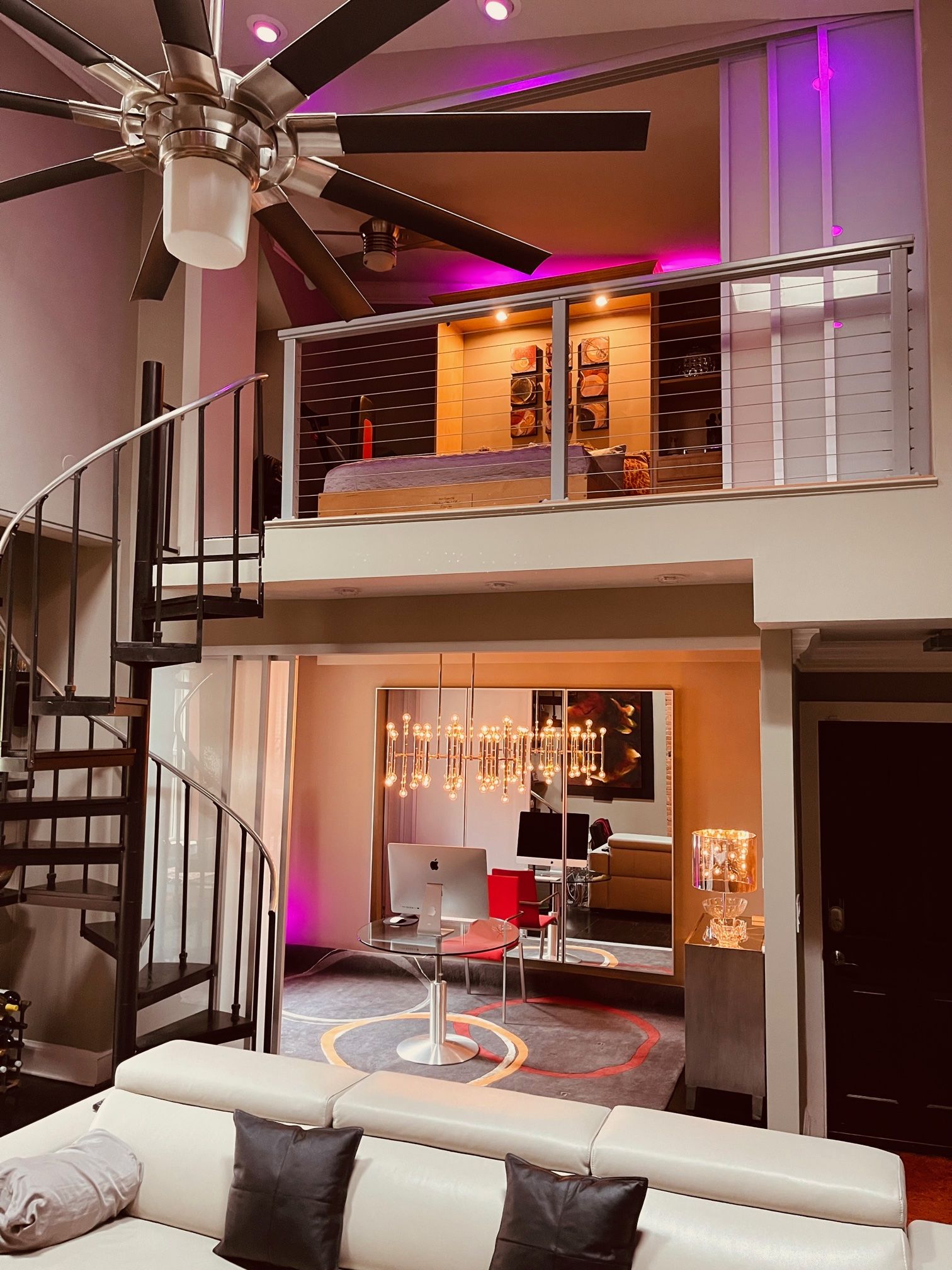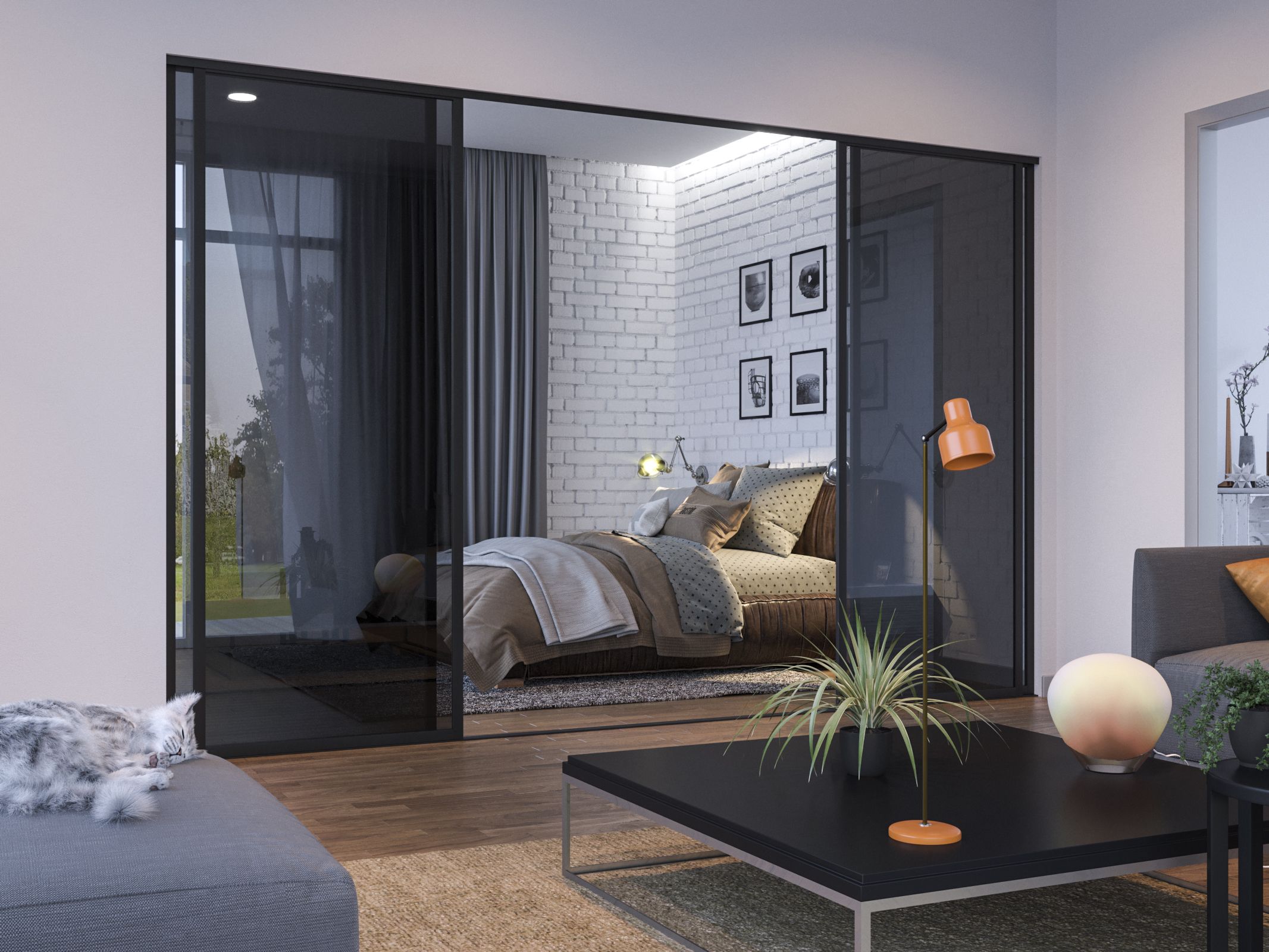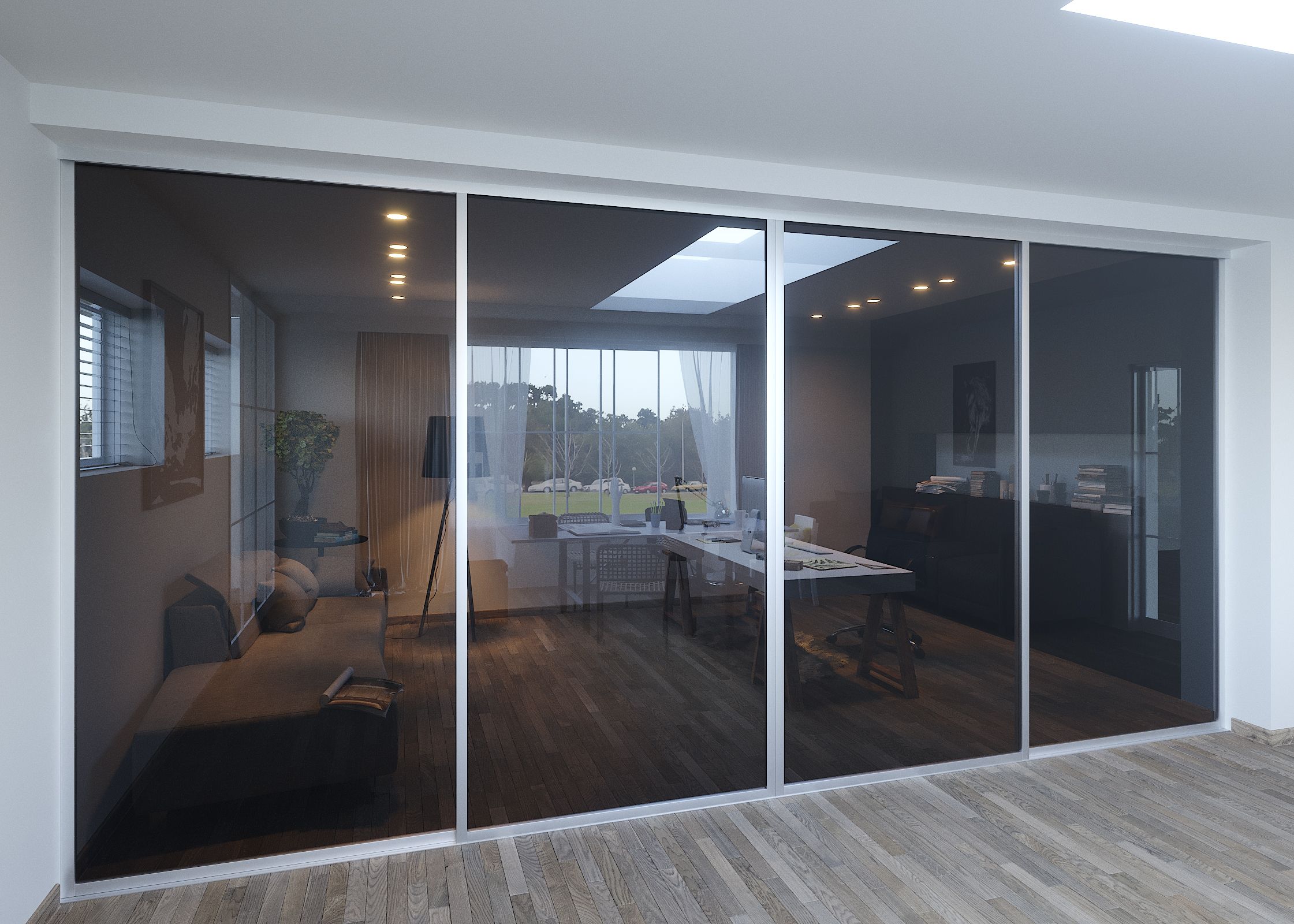How to Choose the Perfect Room Divider for Your Space
One must navigate the quest through the myriad room divider options available. This article provides a comprehensive guide that compares room dividers to help with the selection process for any space.
Readers will gain valuable insights to make informed decisions by considering various factors. These factors include space requirements, style preferences, and size and height appropriateness. Additionally, room divider material quality, privacy, and light control needs, as well as installation and portability convenience, should be taken into account. Budgetary considerations are also crucial in this decision-making process.
The following discussion will expound upon these aspects in a detailed and informative manner, allowing readers to attain mastery in their room divider selection process.
Consider Your Space and Needs
When choosing from all the room divider options, it is important to consider the dimensions and layout of the space along with specific needs and requirements.
Efficient space utilization is crucial in maximizing the functionality of a room divider. Measure the available space accurately to ensure the divider fits properly and does not obstruct any pathways or furniture.
Consider the height of the divider as well, as it should be tall enough to provide adequate privacy without overwhelming the room. Another factor to consider is the level of sound insulation required.
If the space requires soundproofing, choose a room divider with good acoustic properties, such as fabric or acoustic panels. These room divider materials can effectively absorb and reduce noise, creating a quieter environment.
Explore Different Room Divider Styles
The room divider design options available are also explored. Room divider design options range from traditional screens and curtains to modern modular systems and bookshelves.
The consideration of space layout is discussed. When considering the layout of a space, factors such as the size and shape of the room, the placement of furniture, and the flow of foot traffic should all be considered to ensure the room divider’s aesthetic and functionality.
Functionality of Room Dividers
The functionality of room dividers can be assessed based on their ability to separate spaces and provide privacy effectively. Room dividers offer several benefits, including maximizing space in a room by creating separate areas for different activities.
They are especially useful in open-concept living spaces or studio apartments, where distinct zones can be created without needing permanent walls.
Room dividers also provide privacy and can create a sense of separation in shared living spaces. They can be particularly helpful in bedrooms or home offices, where privacy is essential. Additionally, room divider designs can serve as decorative elements, adding style and visual interest to a room.
Design Options for Dividers
One design option aspect to consider is the room divider material used. Choices range from wood and metal to fabric and glass. Different types of room divider materials offer unique aesthetic and functional qualities that can greatly impact the overall design of a space.
Wood dividers exude warmth, while metal dividers provide a sleek and modern look. Fabric dividers offer versatility and can be easily customized, while glass room dividers create a sense of openness and allow natural light to flow through.
To illustrate these options, the following table compares the four types of room divider materials in terms of their appearance, durability, and maintenance requirements.
Material Appearance Durability Maintenance
Wood Warm and natural Durable Regular dusting and polishing
Metal Sleek and modern Highly durable Wipe clean with a damp cloth
Fabric Versatile Moderate durability Machine washable or spot clean
Glass Open and transparent Fragile but sturdy Wipe clean with glass cleaner
Understanding these different room divider materials can help inform the design choices for creating an aesthetically pleasing and functional space. With the knowledge of the available room divider options, selecting the perfect one that aligns with the desired design trends becomes easier.
Consideration of Space Layout
Consideration of space layout is crucial in selecting and placing dividers within a room. The primary goal is to optimize the available space by effectively dividing it into functional areas while maintaining a harmonious overall design.
When choosing a room divider, factors such as the size and shape of the room, the desired level of privacy, and the occupants’ aesthetic preferences need to be considered. It is important to carefully assess the dimensions of the space and choose a divider that fits proportionally and seamlessly.
Determine the Right Size and Height
To accurately determine the right size and height for a room divider, measurements should be taken of the available space and consideration given to the desired level of privacy. The following steps can guide the selection process:
1. Measure the space: Take precise measurements of the area where the room divider will be installed, including the width, height, and depth. This will help ensure a proper fit and prevent any obstruction.
2. Assess privacy needs: Determine the level of privacy required for the specific area. Consider whether a partially opaque or fully opaque room divider is needed. This will dictate the material and design choices.
3. Consider installation requirements: Evaluate the room divider materials and installation options available. Some room dividers require mounting or anchoring, while others are freestanding. Determine the best method based on the available space and desired functionality.
Evaluate Materials and Durability
This discussion will focus on evaluating the room divider materials and durability, considering their pros and cons, longevity and maintenance, and the trade-off between durability and aesthetics.
It is important to assess the room divider materials used, as they offer various advantages and disadvantages.
Material Pros and Cons
One aspect to consider when selecting a room divider is the pros and cons of different materials. The choice of material affects the durability and the room divider aesthetic.
Here are three commonly used types of room divider materials, along with their pros and cons:
Wood:
Pros: Wood dividers offer a timeless and elegant look, adding warmth and sophistication to any space. They are sturdy and can withstand regular use.
Cons: Wood dividers tend to be heavier, making them less portable and harder to move around. They may also require regular maintenance, such as polishing or refinishing.
Fabric:
Pros: Fabric dividers are lightweight and easy to move, allowing for flexibility in changing the layout of a room. They offer a softer and more casual look, creating a cozy ambiance.
Cons: Fabric dividers may not provide as much privacy as other materials, as they are often semi-transparent. They are also more prone to staining and may require regular cleaning.
Metal:
Pros: Metal dividers are durable and long-lasting. They can withstand heavy use and are resistant to moisture and humidity. They also offer a modern and sleek appearance.
Cons: Metal dividers may be less versatile in design options than other materials. They can also be noisy when moved or accidentally bumped into.
Longevity and Maintenance
When considering the longevity and maintenance of different room divider materials used, it is important to assess their durability and the level of maintenance required.. Selecting the right room divider material can ensure its longevity and minimize the need for frequent repairs or replacements.
Additionally, implementing proper cleaning and upkeep procedures can further extend the lifespan of the room divider.
Here is a table that compares room divider durability and maintenance requirements of commonly used room divider materials:
Material Durability Maintenance
Wood High Regular dusting and occasional polishing
Glass Moderate Frequent cleaning to prevent smudges and fingerprints
Fabric Low Regular vacuuming or spot cleaning as needed
Durability Versus Aesthetics
The balance between durability and aesthetics is a key consideration when selecting materials for room dividers. Room dividers serve both functional and decorative purposes, and finding a material that meets both requirements is essential.
Here are three factors to consider when comparing room divider style and durability:
1. Material: Choose a sturdy material that is resistant to wear and tear. Options like wood, metal, or glass offer both durability and visual appeal.
2. Maintenance: Consider the level of maintenance required for each material. Some materials may require regular cleaning or refinishing to maintain their appearance.
3. Cost: Evaluate the cost of the material in relation to its durability and aesthetic value. While some materials may be more expensive upfront, they offer better longevity and enhanced visual appeal in the long run.
Think About Privacy and Light Control
Considering privacy and light control are essential when selecting an ideal room divider for a given space. Privacy concerns can vary depending on the specific needs of the users. Some may require complete privacy, while others may only need a level of separation between different areas.
Room dividers that offer solid panels or screens made from materials like wood or fabric can provide a high level of privacy. These dividers block the view and prevent light from passing through, creating a secluded space.
On the other hand, for those who desire some level of transparency or diffused light, room dividers with light filtering options such as frosted glass panels or sheer curtains can be considered.
Assess Ease of Installation and Portability
Assessing the ease of installation and portability is crucial in determining the practicality of a room divider for a given area. When considering different installation methods and portable room dividers, several factors should be taken into account:
1. Weight and Size: Portable room dividers should be lightweight and compact to ensure easy transportation and installation. Bulky and heavy dividers can be difficult to handle and may require additional assistance during setup.
2. Assembly and Disassembly: The ease of assembling and disassembling a room divider is important, especially if it needs to be frequently moved or reconfigured. Dividers with simple and intuitive assembly instructions are preferable to complex or time-consuming ones.
3. Stability and Durability: A portable room divider should be stable enough to stand independently without toppling over. It should also be made of sturdy materials that can withstand constant use and potential bumps or knocks.
Set a Budget and Compare Prices
To effectively set a budget and compare prices, it is important to thoroughly research and analyze the cost of different portable room divider options in the market.
When comparing room divider features, it is crucial to consider the specific requirements of your space. Look for room dividers that offer adjustable panels, allowing you to customize the size and shape to meet your needs.
Consider the room divider material and durability. Opting for high-quality materials, such as solid wood or metal frames, is advisable as they offer better stability and longevity.
Conclusion
Choosing the perfect room divider requires careful consideration of various factors.
Firstly, assess your space and needs to determine the most suitable style. Explore different room divider options, such as folding screens, bookcases, or curtains.
Next, determine the right size and height to divide your space while maintaining a harmonious aesthetic effectively. Evaluate materials for durability and consider privacy and light control options. Additionally, assess ease of installation and portability.
Lastly, set a budget and compare room divider prices to find the ideal ones that meet your needs and enhance your space.



